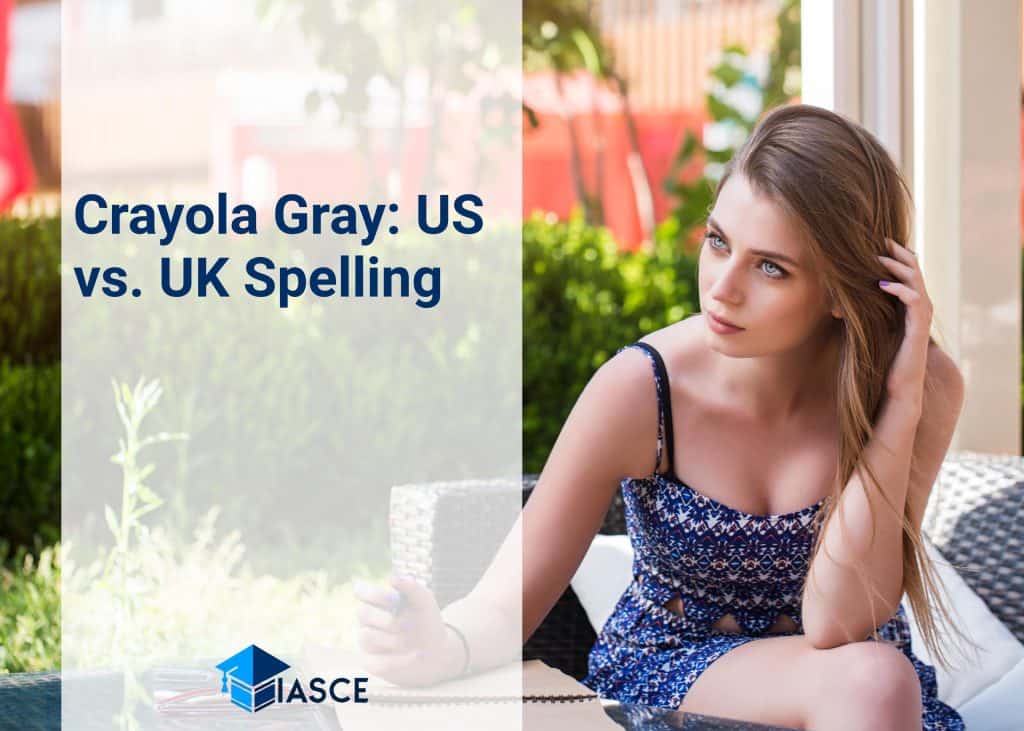Ever wonder why Crayola spells gray with an ‘a’ instead of an ‘e’? It’s a question that has puzzled many a curious mind. Crayola, the renowned brand behind our favorite childhood coloring tools, has chosen to use the American spelling of gray, and there’s quite some linguistic history behind this choice.
Diving into this intriguing subject, I’ll explore how language variations influence even seemingly trivial things like the spelling of a crayon color. The story is more than just about Crayola; it’s about the fascinating world of linguistics and cultural differences.
So buckle up! We’re about to embark on a lively exploration into why Crayola uses ‘gray’ instead of ‘grey’, unveiling language nuances along the way.
The Story Behind Crayola’s Gray
Ever wonder why Crayola spells gray with an “a” instead of an “e”? I had the same question. It turns out, there’s a fascinating story behind this color conundrum.
Crayola, an American company known for its crayons, has been around since 1885. They’ve always spelled gray with an “a”. Now, you might be thinking it’s because they’re sticking to the American English spelling. But here’s where things get interesting: both “gray” and “grey” are acceptable spellings in American English.
Yes, that’s right! According to Merriam-Webster Dictionary:
|
American English |
British English |
|---|---|
|
gray |
grey |
So why did Crayola choose the spelling they did? Well, it seems that while both spellings are used in America, “gray” is more common. This goes back as far as the early 18th century when Noah Webster (yes, as in Webster’s dictionary) decided to simplify certain British spellings for his own dictionary.
He favored “color” over “colour”, “honor” over “honour”, and you guessed it – “gray” over “grey”. His influence on American spelling conventions was significant and perhaps explains why Crayola chose to stick with ‘gray’.
That said, I’m not implying that every instance of ‘gray’ on a Crayola product is a tribute to Mr.Webster himself; it’s likely just adhering to what’s seen as the more popular or standard American usage.
Isn’t language intriguing? One simple letter can spark such a deep dive into linguistic history! So next time you pick up that Crayola crayon labeled ‘Gray’, take a moment to appreciate the centuries-old debate encapsulated by its name.
Linguistic Influence on Color Naming
Let’s dive into the fascinating world of color naming, and more specifically, how Crayola decided to spell gray. It’s a great example of linguistic influence at play.
In the United States, ‘gray’ is the conventional spelling. However, in many other parts of the English-speaking world including Britain, it’s spelt as ‘grey’. This difference may seem minor but it’s actually rooted in deep linguistic history.
There are two main theories about why this difference exists. Some believe that these variant spellings emerged due to different dialects while others think they evolved from old English words for light and dark shades of black.
Here’s what we know for sure:
-
In American English, ‘gray’ is more common.
-
In British English, ‘grey’ dominates.
-
Both spellings are technically correct.
Crayola chose ‘gray’, aligning with typical American usage. The company was founded in Pennsylvania and its target audience was primarily American children when it first launched its products back in 1903.
But let’s dig a bit deeper and examine how language can influence even something as simple as color naming:
-
Cultural Context: Different cultures have diverse ways of categorizing colors based on their language structure and usage. For instance, some languages don’t differentiate between blue and green!
-
Historical Precedence : Over time certain spellings or terminologies become mainstream due to their widespread use in popular literature or media.
-
Commercial Considerations: Brands like Crayola often cater to their primary market audience when deciding on terminologies or spellings.
The tale of how Crayola spells gray serves as an interesting case study into the far-reaching effects language can have on everything around us – right down to our crayon boxes!
Conclusion: The Impact of Crayola’s Gray
Diving into the world of color nomenclature, it’s clear that Crayola’s decision to spell gray with an ‘a’ instead of an ‘e’ has had a significant impact. This choice reflects not only a linguistic preference but also subtly influences how we perceive and interact with language.
Firstly, Crayola’s spelling leans towards the American variant. In doing so, it exposes millions of children—and adults—to this version every time they reach for that particular crayon. It becomes a norm, something expected rather than questioned. Over time, this contributes to the solidification and spread of ‘gray’ as the primary spelling in American English.
Secondly, by putting its weight behind ‘gray’, Crayola reinforces the geographical divide between different English-speaking regions. While both versions are correct and understood worldwide, each carries a certain association—’gray’ with America and ‘grey’ with Britain. Hence, something as simple as a crayon can contribute to maintaining these linguistic identities.
Finally, let’s not forget about the psychological aspect:
-
Familiarity: We tend to favor what we see regularly. So if kids grow up seeing ‘gray’, it will likely become their preferred spelling.
-
Authority: As a recognized brand name in coloring materials for over 100 years, Crayola holds authority in people’s minds—even when it comes to spelling!
In conclusion (without starting my sentence with “In conclusion,”), I’ve found it fascinating how something seemingly minor like the spelling on a crayon label can ripple out and influence language on such large scales. It reveals just how interconnected our world is—from classrooms across America all the way to international linguistic trends!

